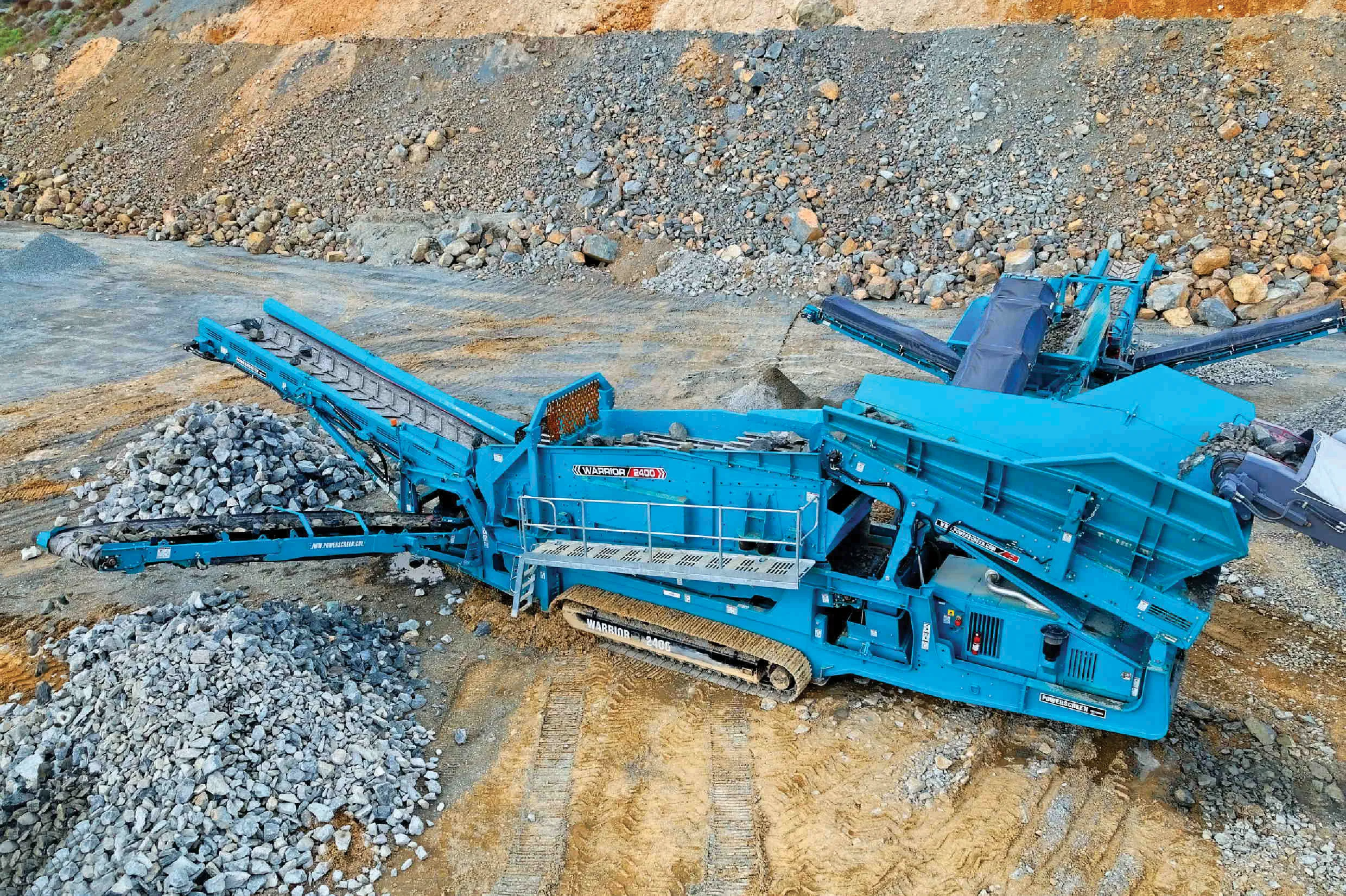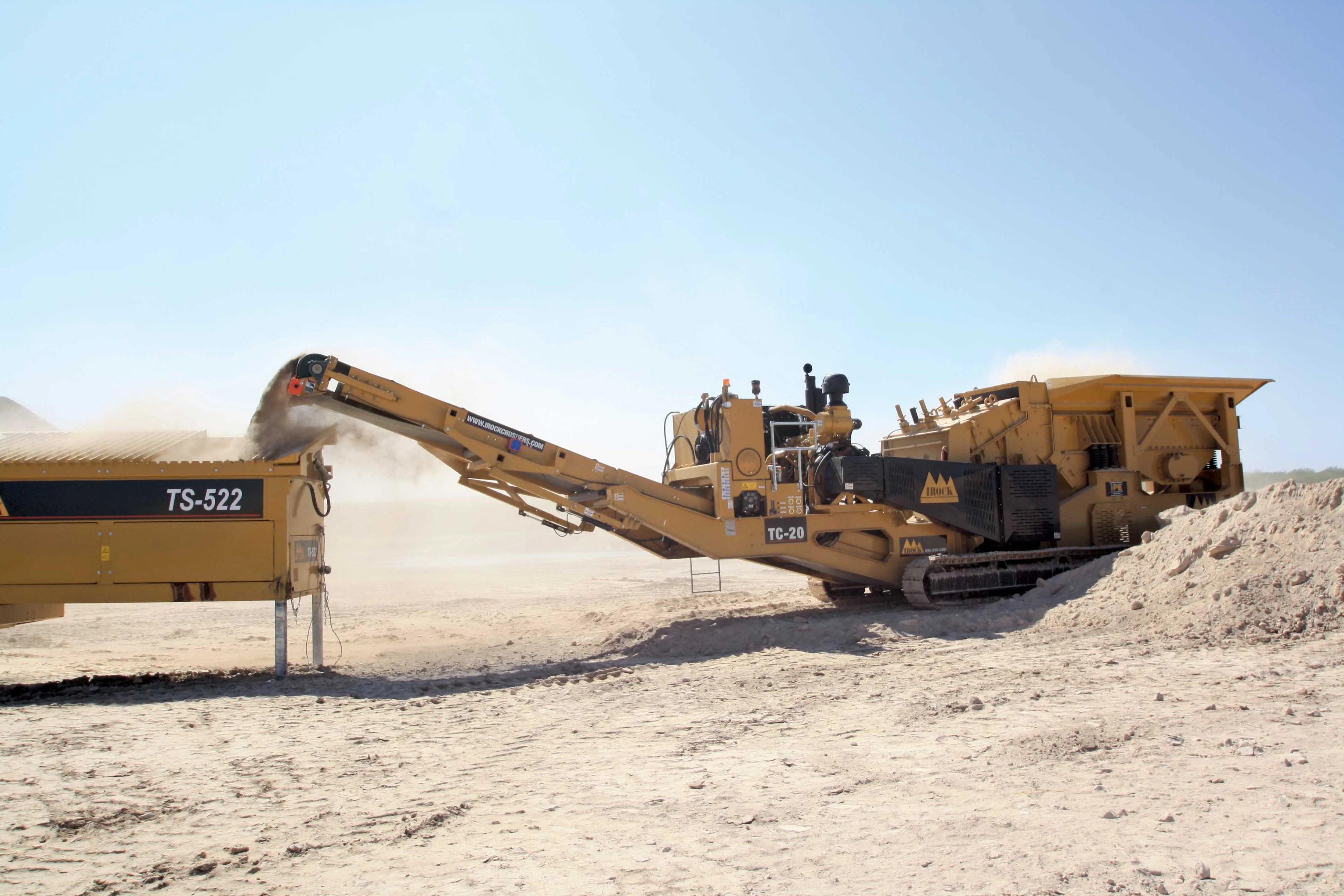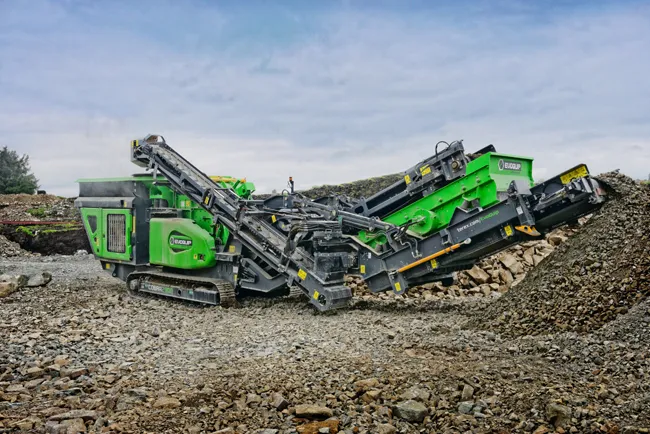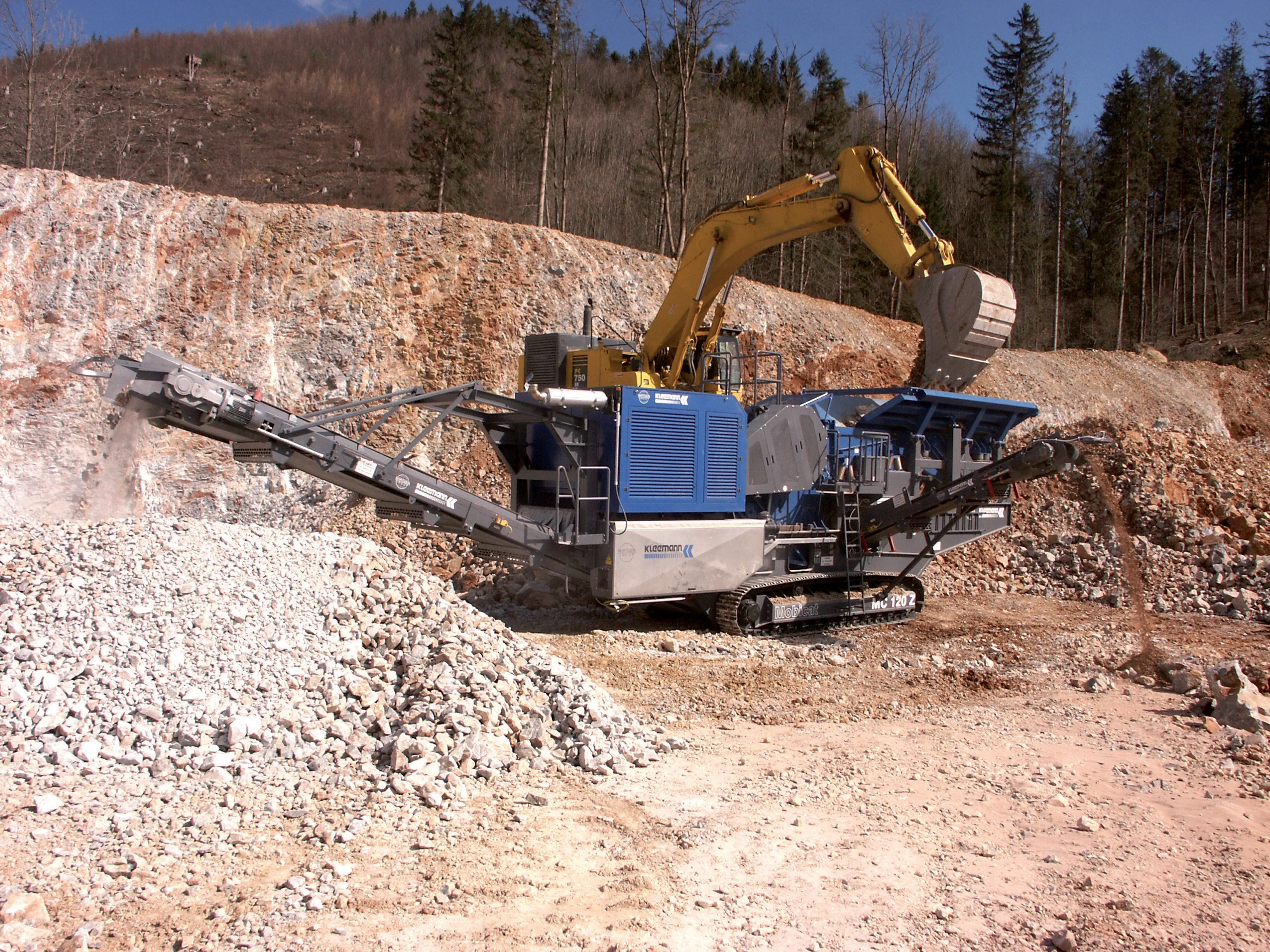A Metso mobile screen has proven its efficiency in a demanding screening project involving rock-based recycled materials in Italy. The Lokotrack ST3.5 has been used at a site in Pollenza, south of Rimini, to classify difficult, rock-based recycle materials. The machine is operating with a capacity of around 1,000tonnes/shift and the optional vibrating grid fitted has ensured that the screened end products remain clean.
February 16, 2012
Read time: 2 mins

A 6934 Metso mobile screen has proven its efficiency in a demanding screening project involving rock-based recycled materials in Italy.
The Lokotrack ST3.5 has been used at a site in Pollenza, south of Rimini, to classify difficult, rock-based recycle materials. The machine is operating with a capacity of around 1,000tonnes/shift and the optional vibrating grid fitted has ensured that the screened end products remain clean.
2751 Re i cal, a family-owned company, produces aggregates needed for concrete at its quarry, having expanded operations into materials recycling a few years ago.
The Lokotrack ST3.5 is used both in recycling and quarrying and due to its compact size the unit can be easily transported on a normal trailer, which is extremely useful according to the company.
The machine's optional, vibrating grid is resulting in quicker feeding and reduces the need to tilt the grid for cleaning. In recycling, the main benefit is in securing the cleanness of the end products.
With the ST3.5 mobile screen, the upper screen deck houses a 30mm mesh size, and the lower deck 5mm. Oversized materials separated by the grid are returned to the crushing stage.
Fed by the small Italian shredder, the output in recycling is about 130tonnes/hour, and the Lokotrack also features separate remote radio controls for the mobile screen and the vibrating grid, allowing total steering and adjustment of the screening process easily from the excavator or wheeled loader cabs.
The Lokotrack ST3.5 has been used at a site in Pollenza, south of Rimini, to classify difficult, rock-based recycle materials. The machine is operating with a capacity of around 1,000tonnes/shift and the optional vibrating grid fitted has ensured that the screened end products remain clean.
The Lokotrack ST3.5 is used both in recycling and quarrying and due to its compact size the unit can be easily transported on a normal trailer, which is extremely useful according to the company.
The machine's optional, vibrating grid is resulting in quicker feeding and reduces the need to tilt the grid for cleaning. In recycling, the main benefit is in securing the cleanness of the end products.
With the ST3.5 mobile screen, the upper screen deck houses a 30mm mesh size, and the lower deck 5mm. Oversized materials separated by the grid are returned to the crushing stage.
Fed by the small Italian shredder, the output in recycling is about 130tonnes/hour, and the Lokotrack also features separate remote radio controls for the mobile screen and the vibrating grid, allowing total steering and adjustment of the screening process easily from the excavator or wheeled loader cabs.









